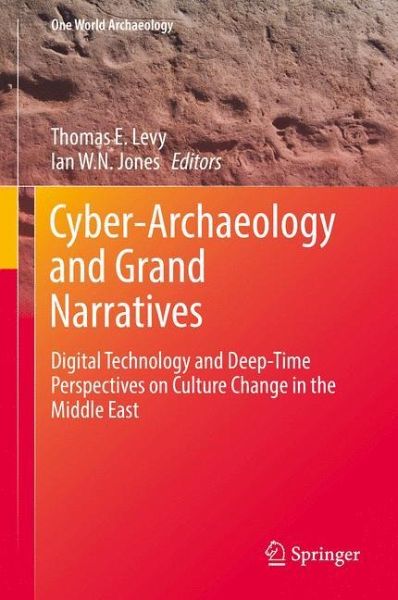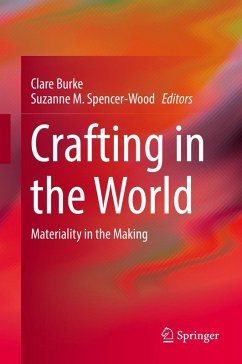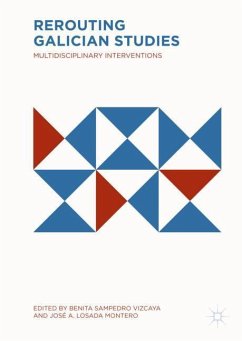
Cyber-Archaeology and Grand Narratives
Digital Technology and Deep-Time Perspectives on Culture Change in the Middle East
Herausgegeben: Levy, Thomas E.; Jones, Ian W. N.

PAYBACK Punkte
33 °P sammeln!
This volume asks how the current Information Technology Revolution influences archaeological interpretations of techno-social change. Does cyber-archaeology provide a way to breathe new life into grand narratives of technological revolution and culture change, or does it further challenge these high-level theoretical explanations? Do digital recording methods have the potential to create large, regional-scale databases to ease investigation of high-level theoretical issues, or have they simply exposed deeper issues of archaeological practice that prevent this? In short, this volume cuts beyond...
This volume asks how the current Information Technology Revolution influences archaeological interpretations of techno-social change. Does cyber-archaeology provide a way to breathe new life into grand narratives of technological revolution and culture change, or does it further challenge these high-level theoretical explanations? Do digital recording methods have the potential to create large, regional-scale databases to ease investigation of high-level theoretical issues, or have they simply exposed deeper issues of archaeological practice that prevent this? In short, this volume cuts beyond platitudes about the revolutionary potential of the Information Technology Revolution and instead critically engages both its possibilities and limitations.
The contributions to this volume are drawn from long-term regional studies employing a cyber-archaeology framework, primarily in the southern Levant, a region with rich archaeological data sets spanning the Paleolithicto the present day. As such, contributors are uniquely placed to comment on the interface between digital methods and grand narratives of long-term techno-social change. Cyber-Archaeology and Grand Narratives provides a much-needed challenge to current approaches, and a first step toward integrating innovative digital methods with archaeological theory.
The contributions to this volume are drawn from long-term regional studies employing a cyber-archaeology framework, primarily in the southern Levant, a region with rich archaeological data sets spanning the Paleolithicto the present day. As such, contributors are uniquely placed to comment on the interface between digital methods and grand narratives of long-term techno-social change. Cyber-Archaeology and Grand Narratives provides a much-needed challenge to current approaches, and a first step toward integrating innovative digital methods with archaeological theory.














